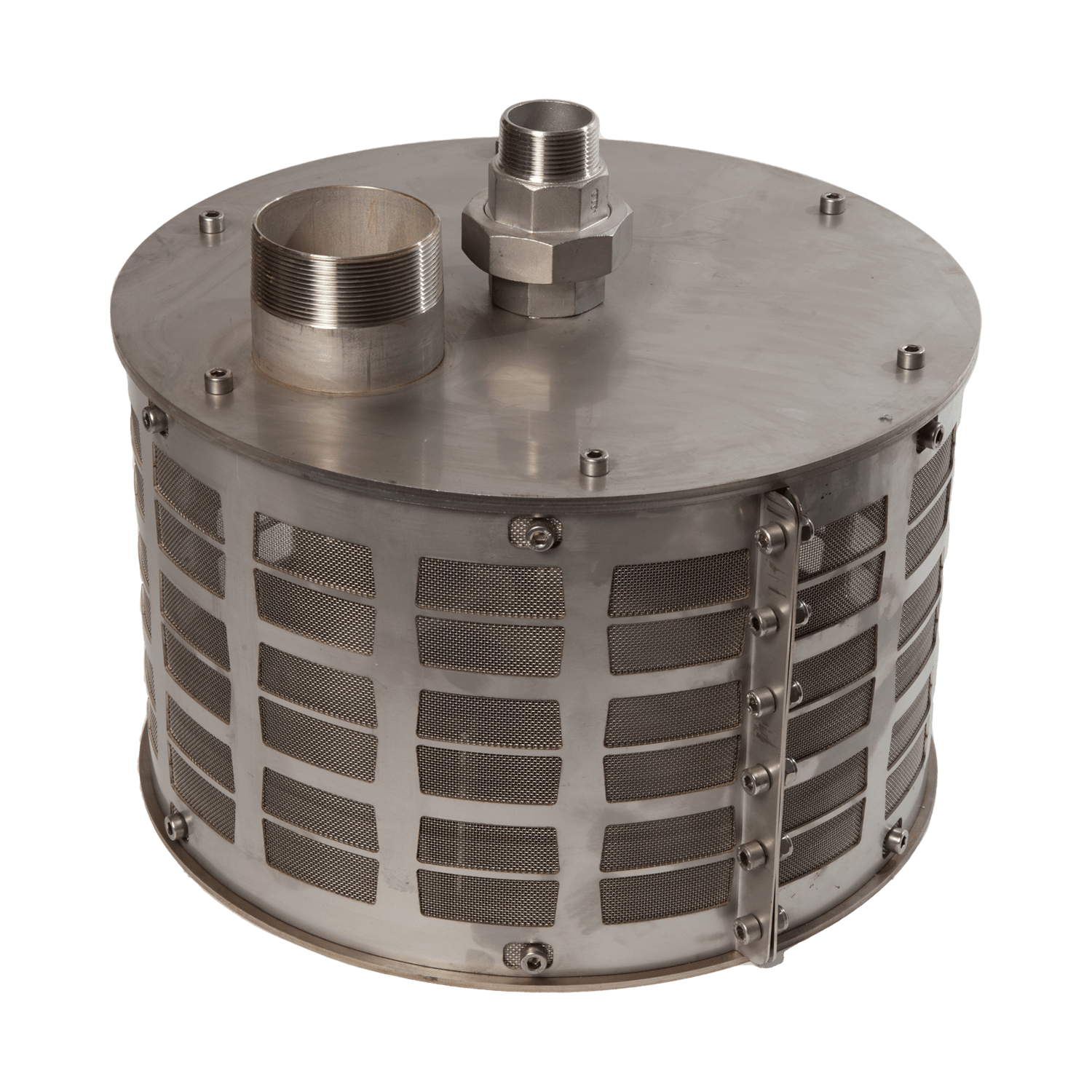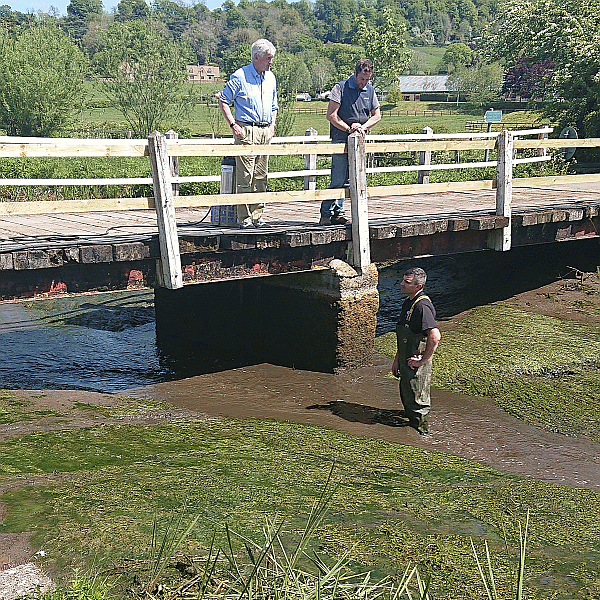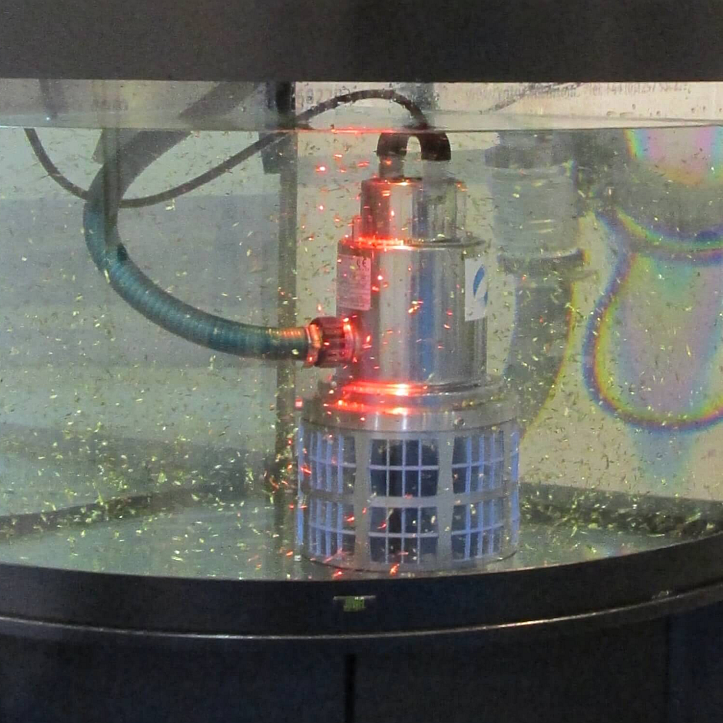Learn More
Browse Products
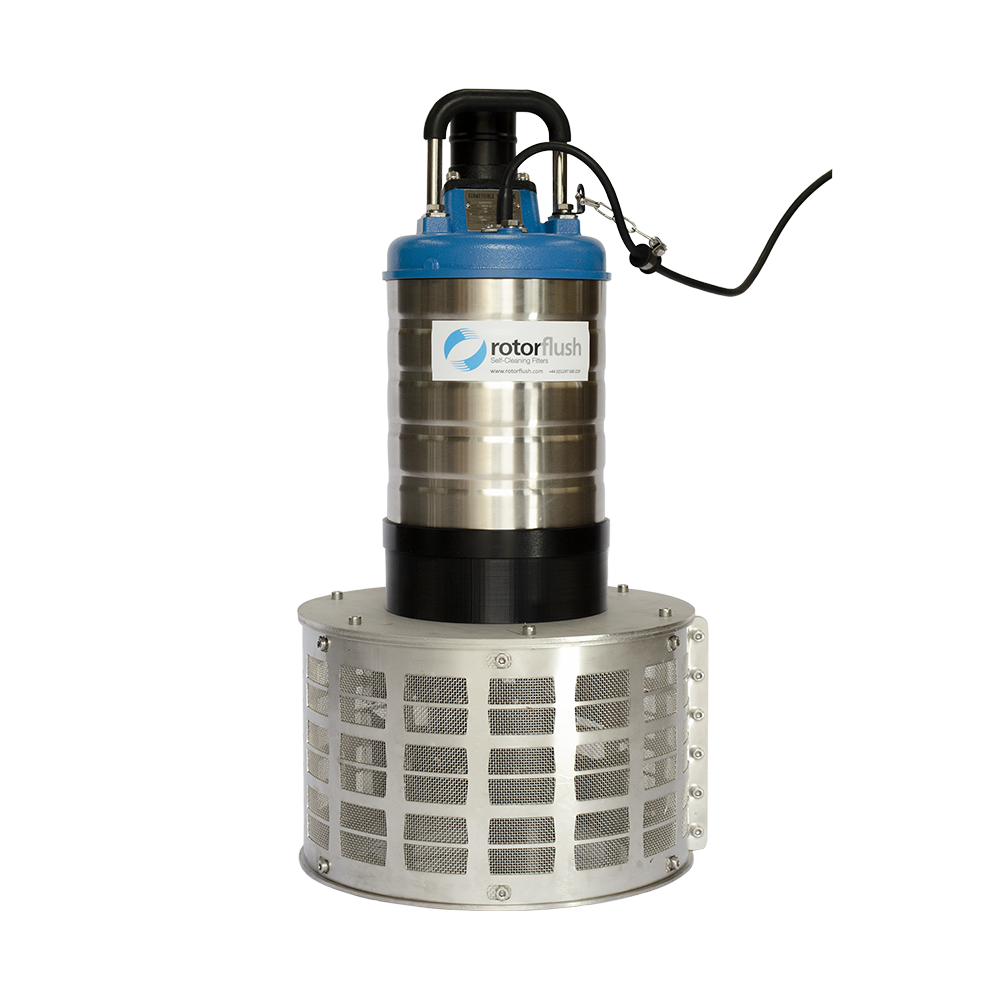
Topaz 400 Filterpumps™
Rotorflush Topaz Filterpumps™. Medium head general purpose submersible filter pumps with integral self-cleaning suction intakes. They combine pumping and screening, delivering up to 60 m3/hr, 265 US GPM - and to a maximum head of 3.3 bar, 47 psi.
- Maximum output - 60 m3/hr, 265 US GPM
- Maximum head - 33 m, 108 ft
Price from: £8,730
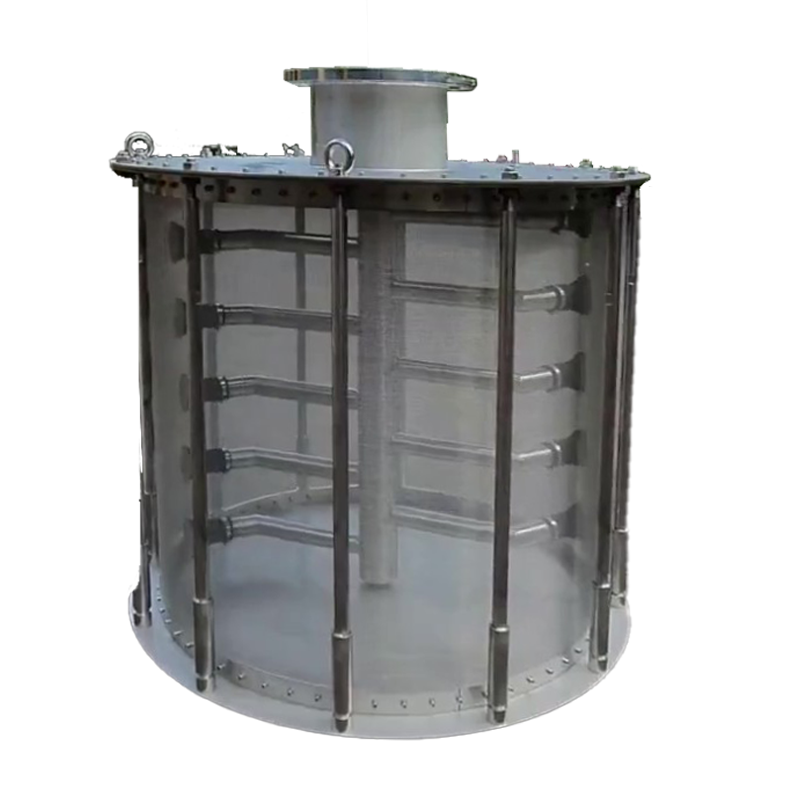
RF1100LW Self-cleaning Strainers and Eel Screens
RF1100LW Self-cleaning Strainers and Eel Screens. Our largest standard RF1100LW industrial, stainless steel, self-cleaning strainers (larger bespoke sizes can be made to order). These low maintenance suction side intake screens will handle up to 1642 m3/hour, 7230 US GPM when fitted with 2 mm aperture mesh.
- Screen up to 1642 m3 / hour, 7230 US GPM
- Filter from 6 mm down to 1 mm
- US Mesh 3 down to 18
- Ideal for Fish and Eel Screening
Price from: £0

Topaz 600 Filterpumps™
Industrial Submersible Water Pumps. Rotorflush Topaz 600 Filterpumps™ are medium head general purpose submersible filter pumps with integral self-cleaning suction intakes. They combine pumping and screening, delivering up to 150 m3/hr, - 660 US GPM - and to a maximum head of 4.8 bar, 68 psi.
- Maximum output - 150 m3/hr, - 660 US GPM
- Maximum head - 48 m, 157 ft
Price from: £16,570
How Rotorflush Filtration Products can Screen for Fish and Eels
Rotorflush Filters Ltd have developed a range of our award-winning self-cleaning suction intake filters to comply with regulations for fish and eel screening. In Europe, most new and renewed abstraction licences require measures to be put in place for the Protection of European Eels, and screening for fish protection is becoming more prevalent in many countries.
What Do Eel Screens Do?
Eel and fish screens protect young eels - glass eels and elvers - and fish fry from becoming entrained in waterworks, cooling systems, irrigation systems and other raw water intakes. They also prevent eels and fish from impingement on screens enabling them to free themselves back into open water.
Entrainment means caught in the system, impingement means stuck on the intake screen.
Both possibilities are highly likely when you consider the huge volumes of water that are abstracted for industry, agriculture and human consumption each day, and that screening is required through 2 mm (or less) aperture mesh.
The purpose of Eel and Fish Screens is to constrain the velocity at which water flows through a mesh so that the flow is slow enough for aquatic life can free itself; the mesh size of 2 mm or less is to ensure that young eels and fish cannot pass through.


How Do Rotorflush Products Screen for Eels and Fish?
The design of our self-cleaning filters and intake gives them a low intake velocity and a high open area, enabling compliance with current Eel regulations when pumping and abstracting raw water.
For a given flow rate being drawn or pumped, the intake velocity will decrease as the intake area increases. Typically, the intake velocity of eel screens for the protection of glass eels and elvers is 0.1 metres / second, although this can vary and i likely to decrease as more stringent environmental regulations come into force.
Rotorflush screens are designed for low intake velocities; in addition, they are self-cleaning, so there is always a backwash from inside the screen to clear debris and wildlife off the mesh.
The Eel regulations require a maximum screen aperture of 2 mm when drawing water to protect glass eels and elvers. Preventing 2 mm mesh from blocking while screening 1000s of cubic metres of water a day is a challenge for most equipment. Rotorflush self-cleaning intake screens have a continuous self-cleaning backwash system that keeps the mesh clear. This is almost unique - most self-cleaning filters and screens clean after the mesh has begun to block, whereas Rotorflush intakes are designed to prevent blinding in the first place.
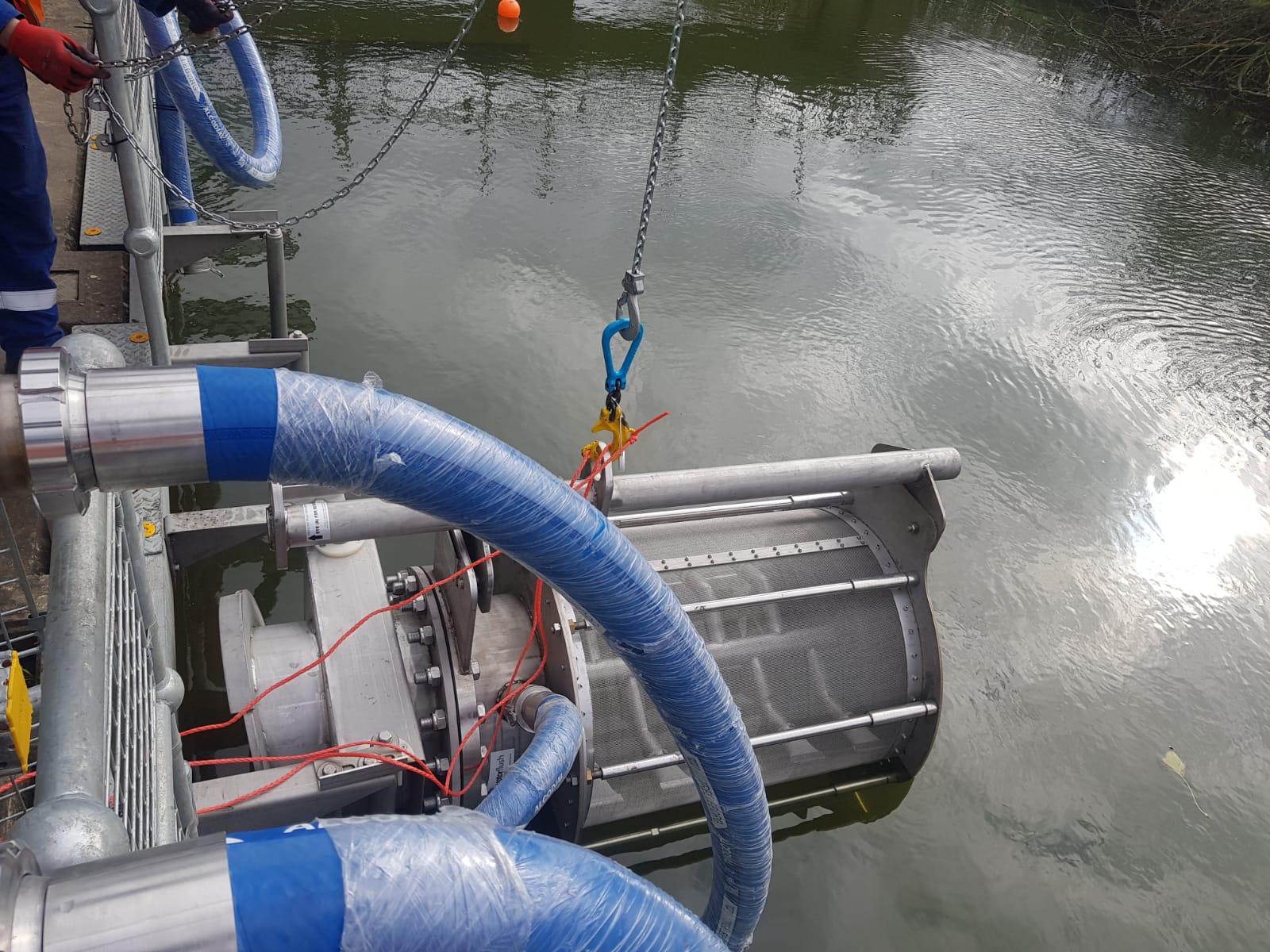
Which Rotorflush Products Are Used for Eel Screening?
A few years before the regulations were drawn up, Rotorflush Filters had already developed an innovative and reliable self-cleaning suction intake screen.
Our Self-cleaning Filters are Eel & Fish Friendly
By happy chance, the design of Rotorflush self-cleaning suction intake filters lends itself to compliance with current Eel Regulations, and rules for fish friendly cooling water intakes in North America, due to the low intake velocities and backwash flow.
The self-cleaning intake makes possible the use of suction side 2 mm aperture screens when pumping raw water. Without the self-cleaning mechanism, the 2 mm screens would rapidly clog with weed and other water-borne particulate. And this applies to young fish and elvers…
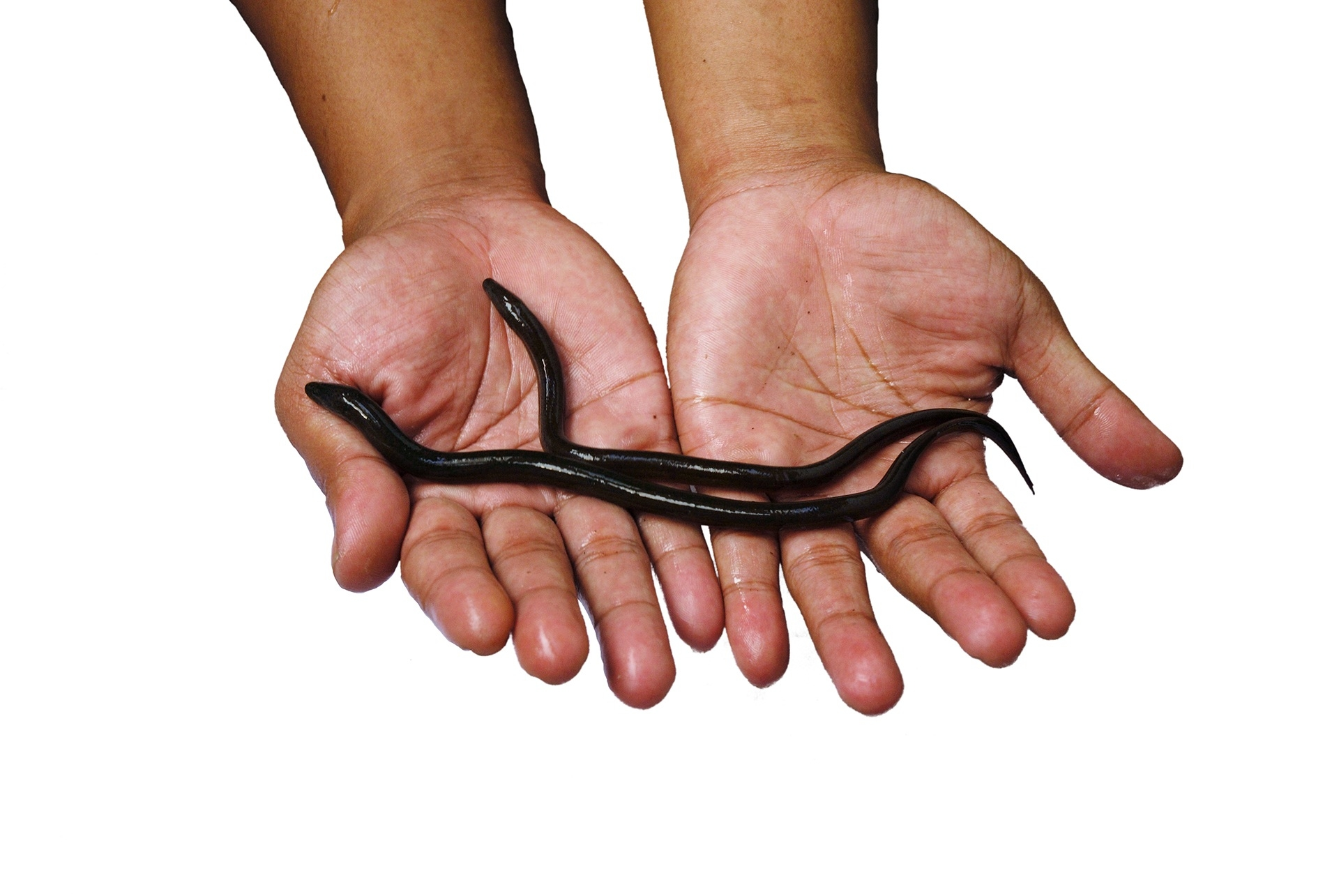
Rotorflush Offer Two Product Sets for Eel and Fish Screening
Self-cleaning Suction Intake Screens
Rotorflush Self-cleaning Eel Screens and Eel Screening Intake Strainers are designed for use on the suction hose of surface mounted pumps. They can also be used as gravity fed intakes, as long as a pump is used to supply the backwash.
These screens are typically used for large volume intake and comply with Eel regulations and EPA Rule 316(b). The 2 mm mesh and low intake velocity protects elvers and eels, and the self-cleaning mechanism ensures that the mesh stays clear.

Submersible Pumps with Self-cleaning Suction Intakes
Rotorflush also manufacture and supply submersible Filterpumps™. These are submersible centrifugal multistage pumps with built-in self-cleaning intakes. This means they can be fitted with small intake screen mesh sizes and can comply with Eel regulations.
Screening and pumping are combined in the water source, eels and fish are screened, and the mesh stays clear because it continuously back washes as water is pumped.
Protect Your Equipment
Our self-cleaning Eel Screening intake strainers and filter pumps have the added advantage that any downstream equipment – for example pumps, irrigators, wash water sprays, heat exchangers etc – also benefit from screened water, reducing the risk of blockage and clogging.
Designed for low intake velocities and with a high open mesh area, our eel screening products deliver high flow rates while taking up less space than fixed installations such as band screens or wedge wire screens.
Find out more about Rotorflush Eel Screens .
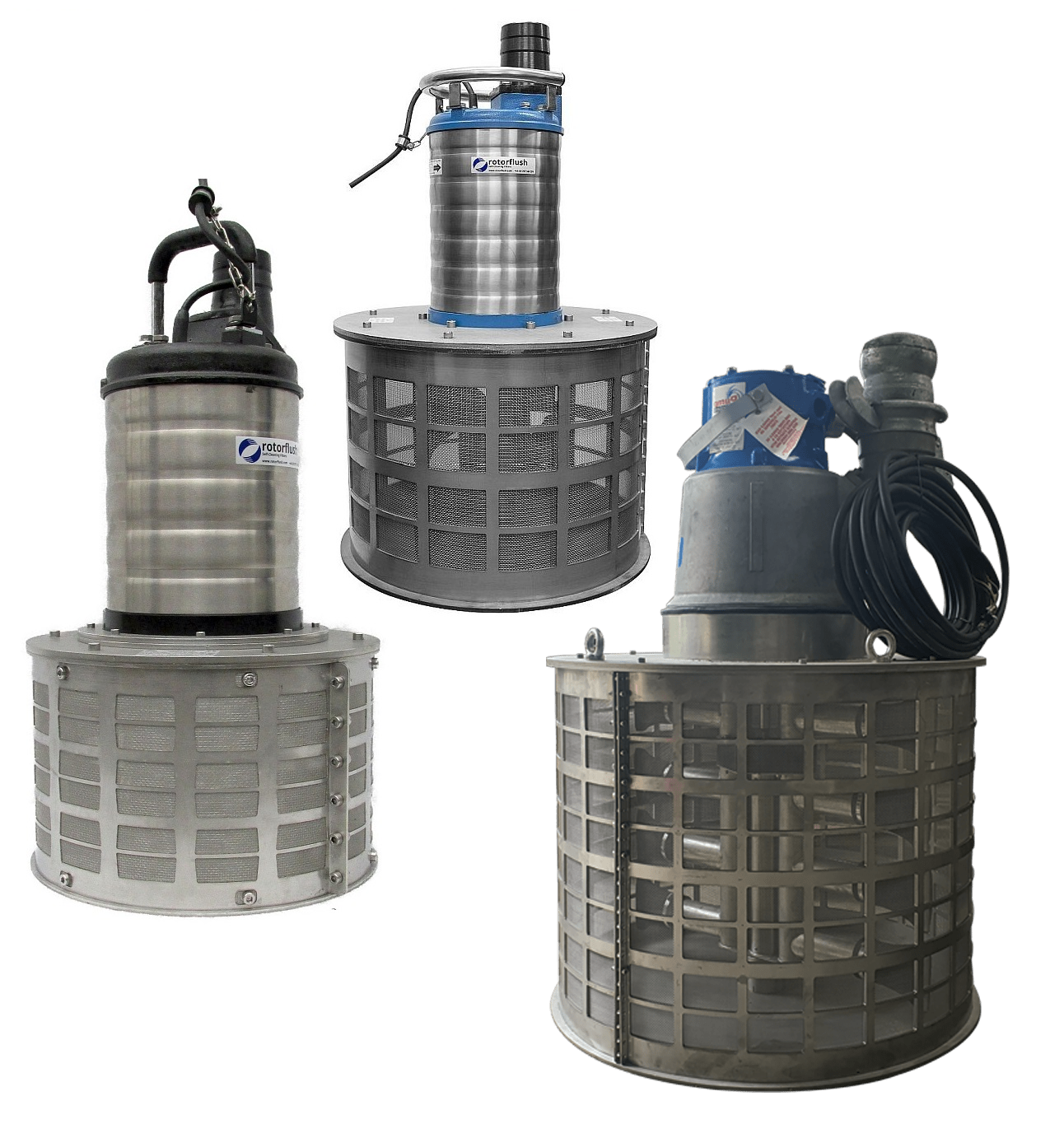
Why Do We Need Screening for Eels?
The regulations have come about due to a catastrophic decline in the eel population – succinctly described here in the Environment Agency Eel Manual Overview.
The regulations set criteria for the use of raw water and screening and pumping equipment. In simple terms, the regulations seek to ensure that Eels at all stages of life are protected, but particularly glass eels and elvers. Eels live in fresh water at this young stage of their lifecycle.
The Eel regulations are concerned, in part therefore, with the intake velocity of pumps screens and strainers. For eel screening, the angle of approach, intake velocity and the size of mesh aperture are the determining factors.

Why Eel Screening Helps
The European Eel population is at an all-time low, and eel populations are not recovering. Many factors contribute to this - on their journey to Europe from the Sargasso Sea eel fry are affected by climate change altering the ocean currents, pollution and overfishing at sea.
European river water quality is often poor to deadly for eels as they make their way upstream, and eels are fished everywhere. Huge volumes of water are removed daily from rivers ponds and lakes using equipment that is fatal for glass eels, elvers and fish fry. At the least, eel screening can reduce this impact and is one of several measures aimed at protecting eels and aquatic life more generally.

How to Comply with Eel Protection Regulations
Eel screens and Eel screening may be required if you are pumping and screening raw water. You may be affected by the current Eel Regulations designed to help the recovery of populations of European Eels. The relevant legislation in the UK is ‘The Eels (England and Wales) Regulations 2009 Statutory Instrument No. 3344’, and ‘The EU Water Framework Directive – integrated river basin management for Europe‘.
The installation of low intake velocity eel screens ahead of pumping equipment may be a condition of your water abstraction licence in England and Wales.
In the USA the Environmental Protection Agency (EPA) has put in place measures to protect aquatic wildlife – in particular the measures outlined in the Clean Water Act Section 316(b). These regulations are similar to the European Eel Regulations in that they stipulate intake velocities and mesh size sat water intakes. The relevant US legislation is the EPA’s ‘CWA 316(b) Cooling Water Intake Structures‘.

Does this affect me?
The Eel Regulations affect all industry sectors abstracting, diverting or discharging into raw water, and may apply to you if:
- you abstract more than 20 m3 in any 24-hour period
- you have equipment (pumps, screens filters etc) that may obstruct Eels
- or if you are installing or altering equipment that may obstruct Eels
The most stringent regulations set an intake velocity at the intake screen of mono more than 0.1 metres per second. The intake speed for EPA 316(b) is slightly faster – 0.5 feet per second (0.15 metres a second) – both well within the capability of Rotorflush self-cleaning intake screens.
The Eel Regulations require companies in the UK and the EU who abstract and use raw water to ensure that their activity enables at least 40% eel “escapement”. This is a requirement that came into force in 2015.
Ensuring that this figure is met may require specialist input by conservationists such as Pisces Conservation. Companies can meet this and other requirements by implementing measures that reduce the harm to eels and elvers from pumping equipment and intake and outfall screens.
The Environment Agency (EA) has noted that Rotorflush filters can make an important contribution to Eel recovery, particularly for seasonal or temporary pumping applications Section 4.5.1 of the EA “Screening at intakes and outfalls: measures to protect eel” says:
“Few manufacturers offer self-cleaning strainers that are appropriate to temporary works. One of the few available is the Rotorflush RF Series of self-cleaning inlet screens for surface-mounted pumps.”
The design of our filters gives them a low intake velocity and a high open area, enabling compliance with current Eel regulations when pumping and abstracting raw water.
Contact us for more information about how our products can help you abstract or move raw water without blocking strainers, pumps and other equipment while complying with current regulations.
Want to know more?
Pisces Conservation are an excellent Hampshire based specialist environmental consultancy with an impressive track record working within the power industry.
They have a website dedicated to understanding the current Eel Regulations.
Pisces also offers software and training, and are an invaluable environmental resource for industry.
What are the Eel Regulations?
Do they affect me or my business?
Who is affected, who is exempt

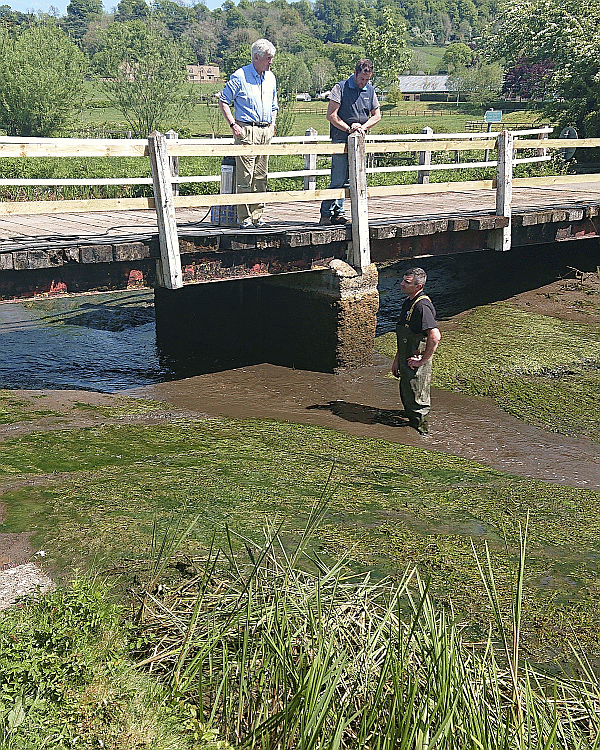


Eel Screening at Water Treatment Works Intakes
Rotorflush Filters
RotorflushBest Protection for Fish and Eels, Brilliant Design
A few years before the regulations were drawn up, Rotorflush Filters had already developed an innovative and reliable self-cleaning suction intake screen. The screens are cylindrical and designed to attach onto the suction pipe of pumps, like basket filters. They allow dirty water to be pumped without blocking the screen intake, the pump or any attached equipment such as irrigaton nozzles. The screens are water powered, the design is simple and can be scaled to meet flow rates up to 250 litres / second.
2 mm Aperture Eel Screens
The Eel regulations require a maximum screen aperture of 2 mm when drawing water in order to protect glass eels and elvers. Preventing 2 mm mesh from blocking while screening 1000’s of cubic metres of water a day is a challenge.
The self-cleaning intake makes possible the use of suction side 2 mm aperture screens when pumping raw water. Without the self-cleaning mechanism, the 2 mm screens would rapidly clog with weed and other water-borne particulate. Our 2 mm screens scored highly in an Environment Agency trial of commercial eel screens carried out in the Somerset Levels. The trial evaluated four types of screen for use with large mobile pumps, and resulted in the purchase of 16 Rotorflush units.

Very Low Intake Velocities
Another challenge is that the Eels regulations stipulate intake velocities for screens. The intake velocity for a particular installation of an eel screen is decided by the Environment Agency and is a condition of a water abstraction licence. Typically, the intake velocity of eel screens for the protection of glass eels and elvers is 0.1 metres / second, although this can vary. In the US, fish screening for cooling water intakes requires a 0.5 ft per second intake velocity, which equates to 0.15 metres a second
South West Water have bought and successfully trialled 3 of our innovative self-cleaning eel screens in the River Avon at Matchams. They required an intake velocity of 0.15 metres / second through bespoke self-cleaning eel screens. The screens remained clear while each delivered 750 litres / second through 2 mm mesh.
The design of Rotorflush self-cleaning lends itself to meeting low intake velocities. The self-cleaning mechanism in these screens works on a simple principle. The screen intake is high volume, low, velocity. The backwash that keeps the mesh clear is low volume, somewhat higher velocity. Any debris, particulate or junior eels are gently pushed away from the mesh before they get a chance to adhere.
Construction projects on waterways requiring the removal or movement of water generally have to comply with Eel regulations. The Environment Agency is making good use of Rotorflush self-cleaning eel screens on such sites where it is impractical to net the waterway. The screens allow water to be pumped and screened without blinding, and protect wild life by keeping the intake velocity at 0.1 metres / second or less.
An intake velocity 0.1 metres / second is a very low for any pump. The only way to lower the pump intake velocity for a given flow rate is to increase its open area. Increasing the open area of an intake screen increases its size. The available depth and space for installation for screening must be considered.
Smaller Screens – Bigger Flow Rates
For example, a cylindrical screen fitted with 2 mm aperture perforated mesh has approximately 33% open area. To ensure an intake velocity of 0.1 metres / second when pumping 100 litres / second, the screen would need to be 70 cm in diameter and 70 cm high. Woven stainless-steel mesh has a greater open area – approx. 60 %, but needs to be supported, so allowing for a supporting cage open area could be as high as 45% – reducing the screen size to 60 cm x 60 cm.
The completely submerged cylindrical Rotorflush screens take up less space for the same open area than travelling screens. To keep their self-cleaning eel screens as compact as possible while meeting Eels regulations, Rotorflush Filters Limited have introduced another innovation. The 2 mm mesh is tensioned to form the body of the screen, this maximises the open area of 2 mm mesh to as much as 60%. For 100 litres / second, the screen is reduced to around 50 x 50 cm.
Water companies have already invested significantly in addressing the requirements of the Eels Regulations and will continue to do so.
By adopting innovative approaches, the environmental impact of meeting Eels Regulations can be reduced while providing efficient, low maintenance eel screening.

Talk to an Expert About Your Project
Call us now on 01297 560 229 | 8am - 5pm GMT,
or Email sales@rotorflush.com and a member of our expert, friendly team will call you back and find the self-cleaning filter, strainer or filter pump to suit your needs.
- We work with you to identify your issues
- We can design & build a custom solution
- We can deliver our solution worldwide

Arrange a Call Back
This website uses cookies to ensure you get the best experience. Learn more




